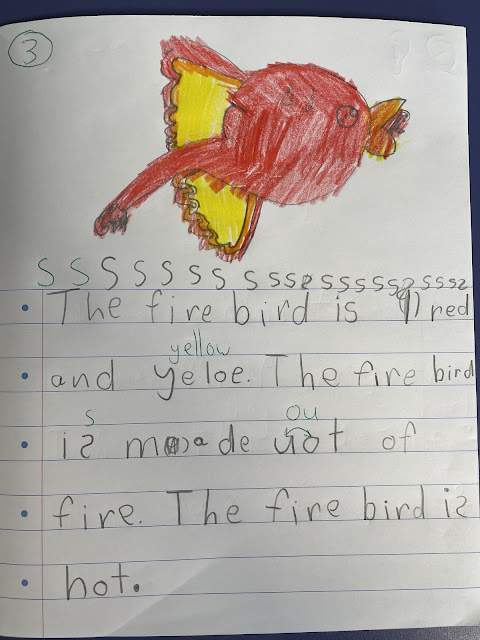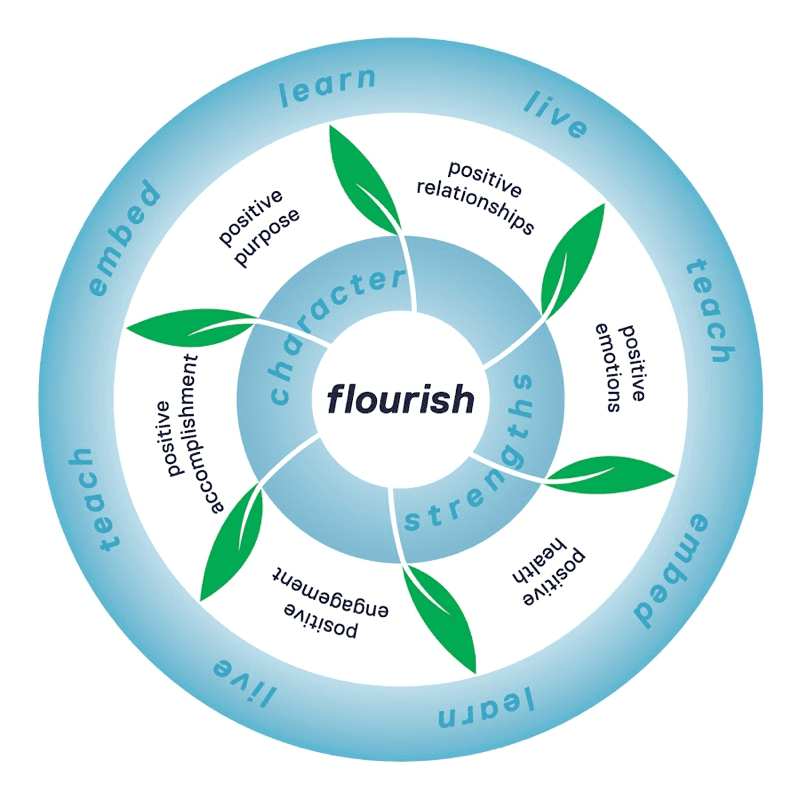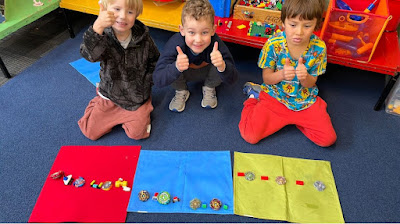Our trip to the NZSO schools' performance of Stravinsky's The Firebird is on the horizon. To help us get the most out of this experience, we are getting to know the fairytale and characters that inspired the music that we will hear.
The best place to start with The Firebird is with the four main characters. In The Firebird, each of these characters has its own musical motifs. Our students in Autahi know that characters are the people (and creatures) that do things in stories. We have invented actions for each of the four main characters in The Firebird.

Brave Prince Ivan
Prince Ivan is the hero. Like all princes, he's brave, handsome and looking for adventure.
Evil King Kastchei
The villain in this story is King Kastchei. He has a sinister garden and magical powers.
Thirteen sad princesses
The sad princesses have been taken prisoner by King Kastchei (boo!). We particularly enjoy acting the part of a sad princess.
The Firebird
The Firebird is the mythical creature who holds the key to defeating the evil king.
The story of The Firebird
Here is a simple version of the storyline. Ask your child if they can help you to tell it, including actions for the characters.
Once upon a time, a brave prince called Ivan, found himself wandering through the gardens of the evil King Kastchei. The gardens were very beautiful, but very sad because all of the plants, trees, birds and animals had been turned into statues. The only living thing was the wonderful Firebird, flying around the garden on flaming wings.
Prince Ivan cannot resist chasing the Firebird and captures her. Begging for her release, the Firebird promises to help Prince Ivan if he ever needs it. The prince agrees that he will free the Firebird once she has helped him.
Continuing his walk through the garden, Prince Ivan comes upon thirteen princesses who have been frozen like stone. All they can do is blink and cry. Prince Ivan falls in love with one of them.
Along comes King Kastchei. Prince Ivan battles the king. It is a terrible struggle until the Firebird comes to Ivan's rescue and uses magic to send King Kastchei to sleep. While the king is asleep, the Firebird tells Prince Ivan the secret of Kastchei's power. His soul is contained in a golden egg. If Ivan breaks it, Kastchei will die and all his prisoners will be free.
Quietly, Ivan sneaks up on the king and breaks the egg. King Kastchei dies. The trees, plants, creatures and princesses are released from their statues and set free. And they all live happily ever after.
The Firebird
The Firebird is an enchanting, magical creature and we are enjoying imagining what she might look like. Here are the beginnings of our Firebird drawings.
We chose fiery colours to bring our Firebirds to life. Our finished creations will be on display in Autahi: please come and take a look.









































